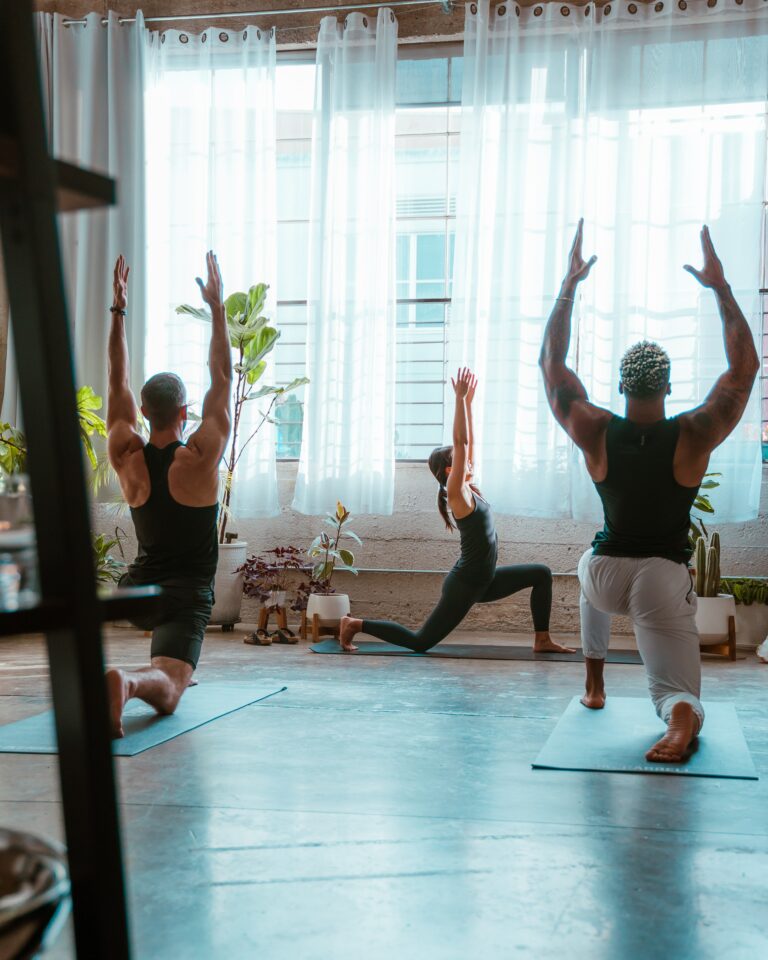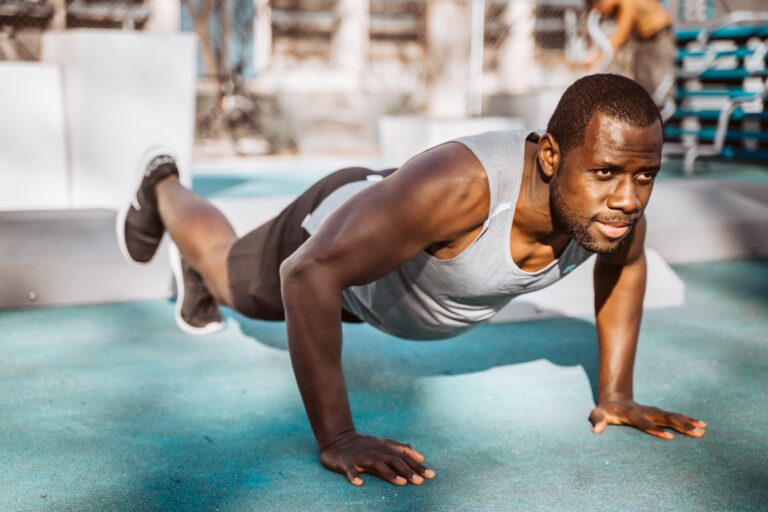Trustworthy Body Language
Trustworthy Body Language: Conveying Trust in Interactions
In interpersonal interactions, trustworthy body language is a cornerstone for building trust. The way one carries themselves, from a firm and vertical handshake to maintaining eye contact, can speak volumes about their reliability. Fidgeting is best avoided, while appropriate hand gestures can enhance communication. And let’s not forget the importance of personal space – maintaining a respectful distance is critical.
This article will delve into the intricacies of conveying trust through body language, providing insightful tips for navigating these unspoken signals.
The Importance of Handshake Etiquette
Maintaining proper handshake etiquette is crucial for conveying trust and establishing a positive impression in interactions.
The power of a firm grip plays a significant role in this regard. A firm grip signifies confidence and assertiveness when shaking hands, while a weak grip can be perceived as a lack of confidence or disinterest. However, it is essential to strike the right balance and avoid gripping too tightly, as this can be uncomfortable and even aggressive.
Additionally, cultural differences in handshake etiquette should be considered. For example, in some cultures, a firm handshake is expected, while a lighter grip is preferred in others. Awareness of these cultural nuances and adapting one’s handshake demonstrates respect and cultural sensitivity.
Maintaining Eye Contact: A Key Element of Trustworthy Communication
To establish a genuine connection, individuals should maintain eye contact during conversations, avoiding constant staring that may make others uncomfortable. Eye contact is a powerful tool for building rapport and establishing trust through nonverbal cues. It enhances communication by conveying attentiveness and interest in the speaker.
Individuals show respect and engagement by maintaining eye contact most of the time. However, it is essential to strike a balance and not constantly stare, as this can be unsettling. Other nonverbal cues, such as appropriate hand gestures and a relaxed posture, also contribute to trustworthy body language.
Eye contact is crucial in effective communication and should be utilized consciously to foster trust and understanding between individuals.
Mastering Nonverbal Cues: Avoiding Fidgeting and Using Effective Hand Gestures
Effective hand gestures and avoiding fidgeting are essential to mastering nonverbal cues. When communicating, conveying trust and confidence through body language is crucial.
Effective eye contact plays a significant role in building trust and connecting with others. By maintaining eye contact most of the time, individuals can show attentiveness and sincerity in their interactions. However, it is essential to strike a balance and avoid constant eye contact, as this can be unsettling.
Understanding personal space is another crucial aspect of nonverbal communication. Respecting others’ boundaries and maintaining a respectful distance while standing or sitting with others is vital. Invading someone’s personal space can make them uncomfortable and hinder effective communication.
Navigating Personal Space: Standing and Sitting With Respect
Respecting personal space is crucial when standing or sitting with others. It ensures comfort and effective communication.
Proper body language in group conversations is vital in maintaining personal space and creating a positive interaction environment. By balancing personal space in crowded environments, individuals can avoid invading each other’s boundaries and promote respect and consideration. Awareness of one’s body positioning and distance from others is essential. Make sure not to stand or sit too close or too far away.
Additionally, individuals should be mindful of their gestures and movements. Ensure they do not inadvertently invade someone else’s personal space.
The Gender Factor: Body Language Tips for Interacting With Men and Women
Maintaining appropriate personal space and body positioning is essential when interacting with individuals of different genders. It helps establish a comfortable and respectful environment for communication.
Understanding cultural differences and nonverbal cues in different social settings can significantly enhance these interactions.
Standing beside men with their bodies angled slightly toward them is essential when interacting with men. This signals engagement and attentiveness.
On the other hand, when interacting with women, it is best to stand or sit directly opposite them, maintaining a respectful distance. Avoid approaching a woman from the side, as it may invade her personal space.
These body language tips for interacting with men and women can help foster trust and understanding. They allow for more effective communication across genders.
Creating a Trustworthy Aura: Posture and Body Language Tips for Conveying Trust
Standing tall with an open and relaxed posture, individuals can project confidence and establish a sense of trustworthiness through their body language.
Tips for building trust in professional relationships include:
- When shaking hands, keep one hand vertical, avoiding a two-handed shake or a palm-down grip. Make good web-to-web contact and hold the other person’s hand firmly but not too tight. Also, avoid stuffing your other hand in a pocket.
- When speaking or listening, maintain eye contact most of the time, but avoid constant eye contact, which can be unsettling. Don’t fidget while talking or listening; use appropriate hand gestures to enhance communication. Keeping a relaxed and open posture is also essential.
- When standing or sitting, be mindful of your positioning. Stand next to a man with your body angled slightly towards him, and choose a chair not directly across from the man. Stand or sit straight opposite a woman and avoid approaching her from the side, as it may invade her personal space. Maintaining a respectful distance while standing or sitting with others is crucial.
The impact of body language on trustworthiness cannot be underestimated. By consciously adopting these tips, individuals can create a trustworthy aura in their professional relationships.







